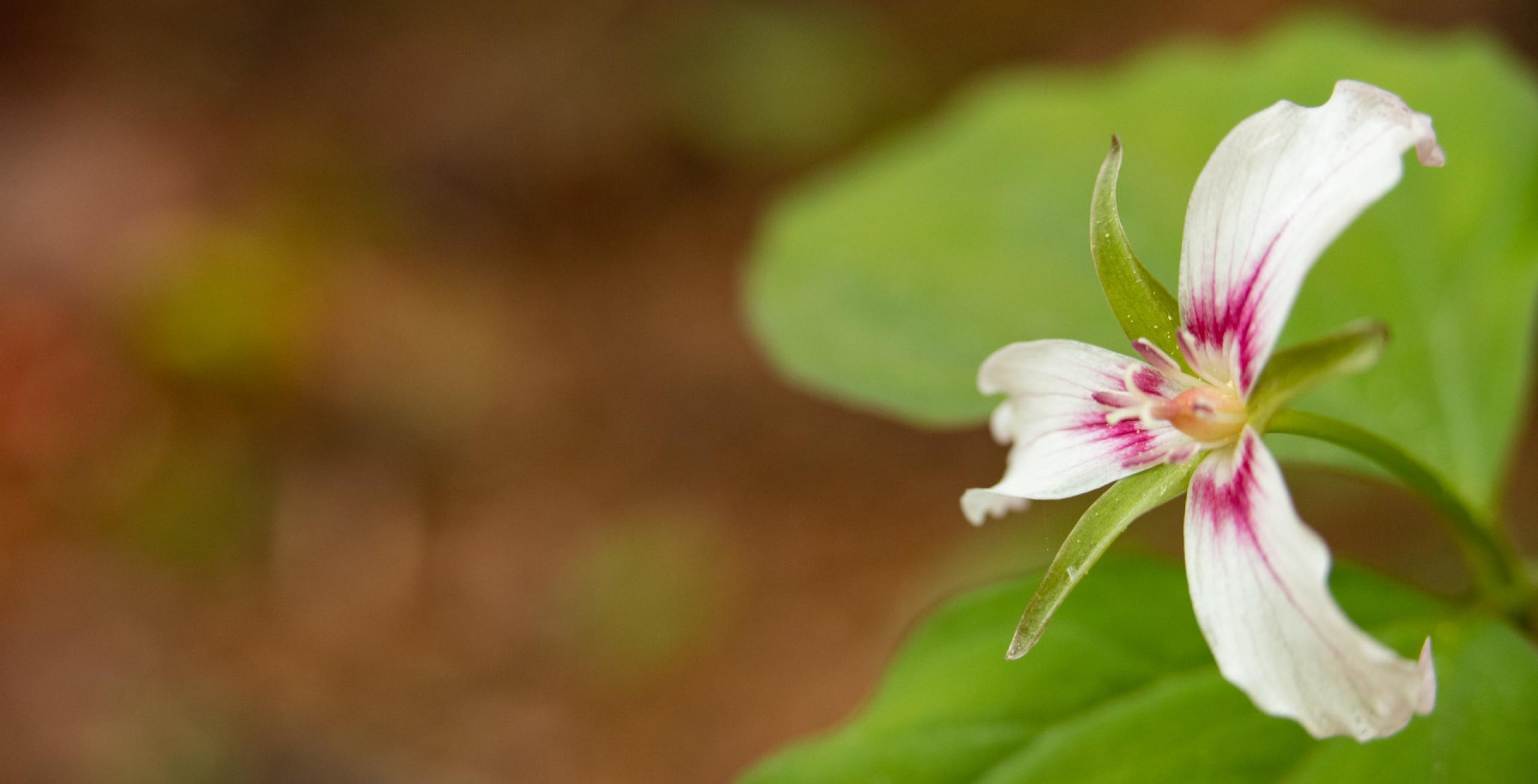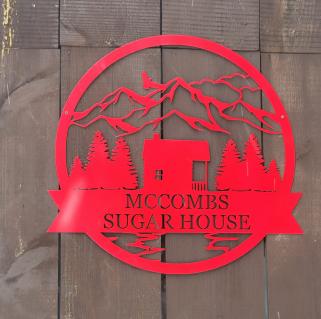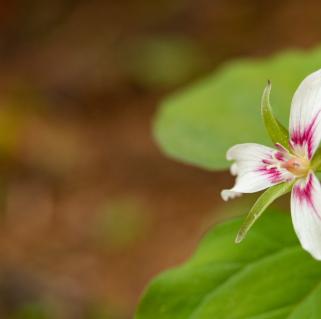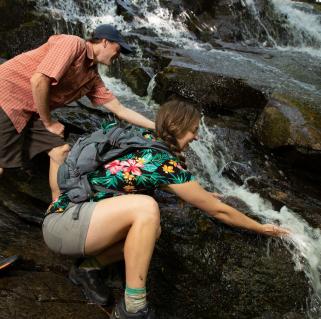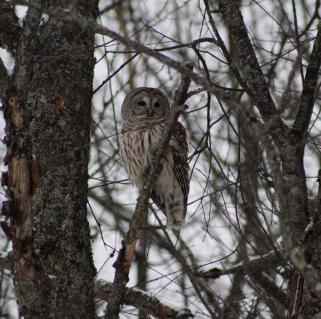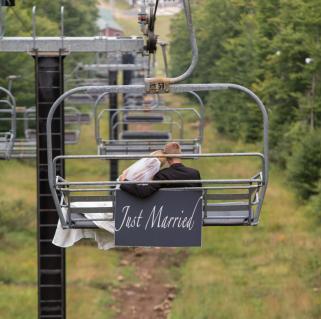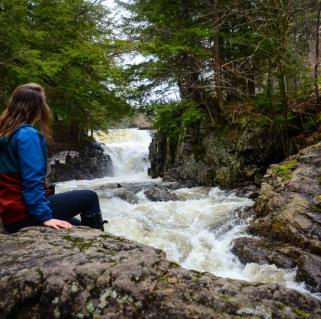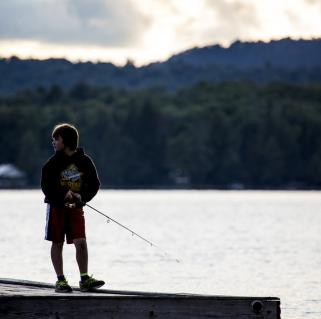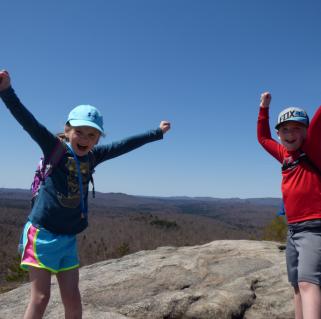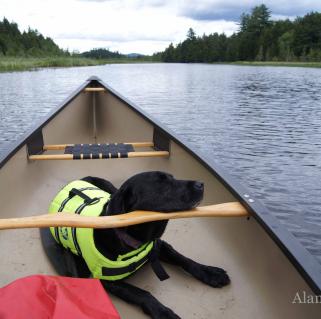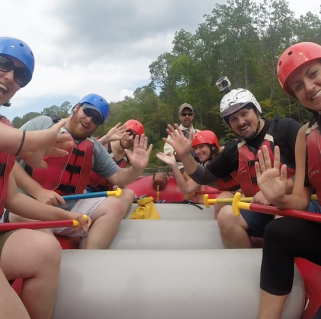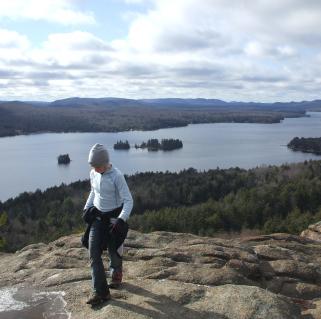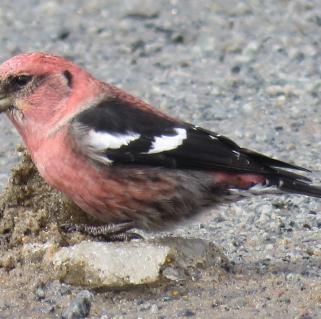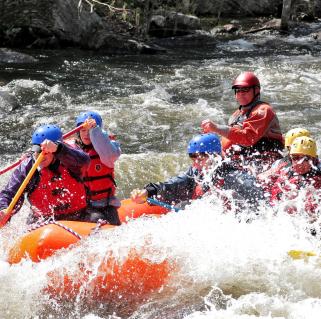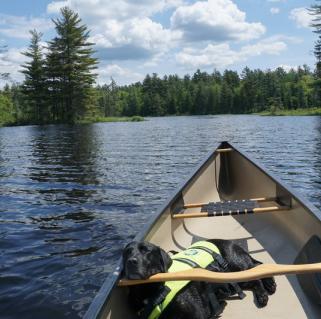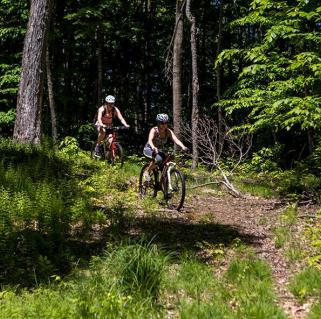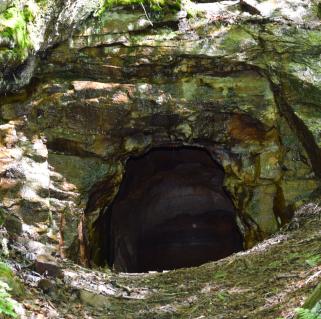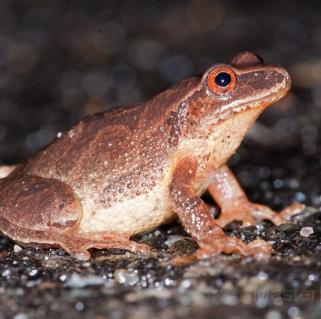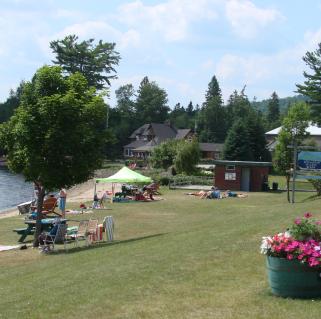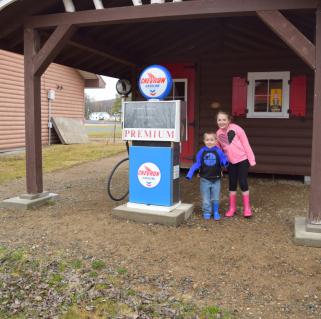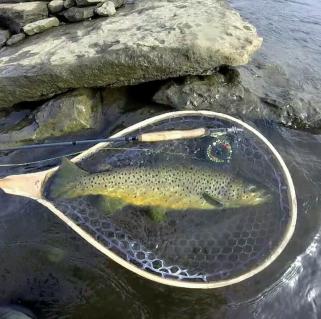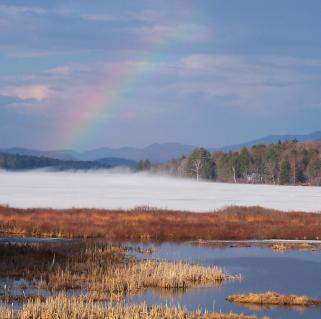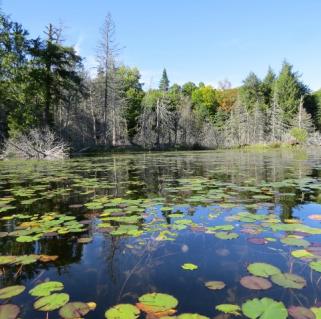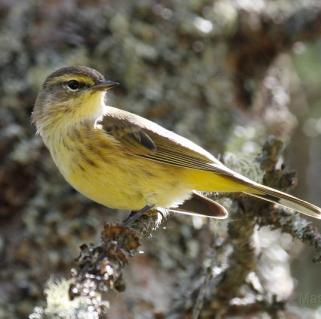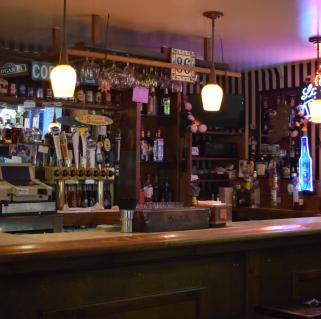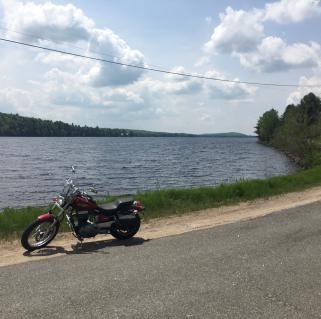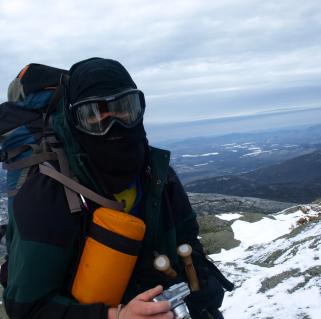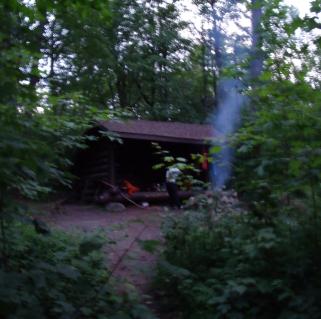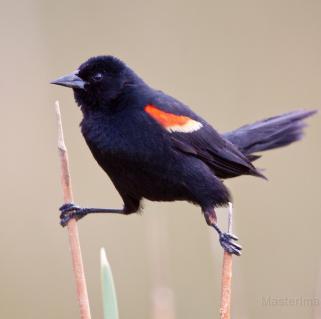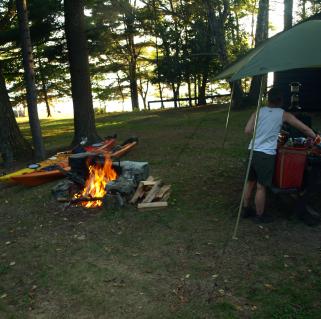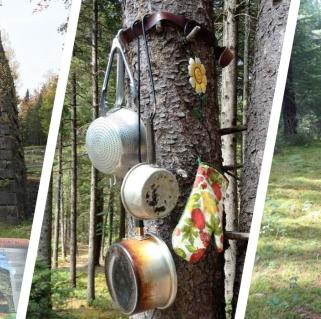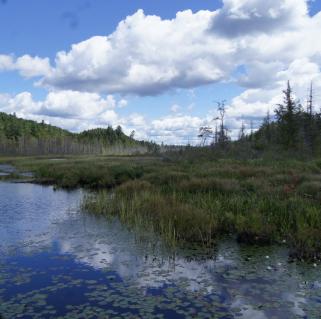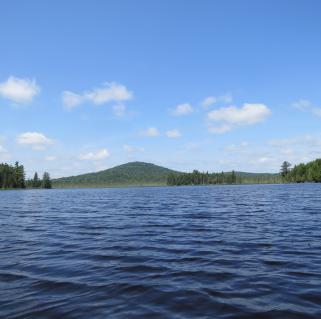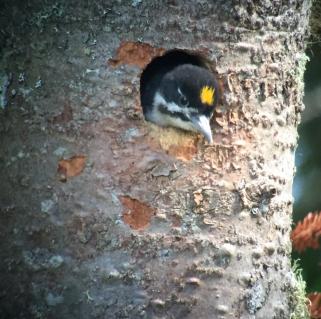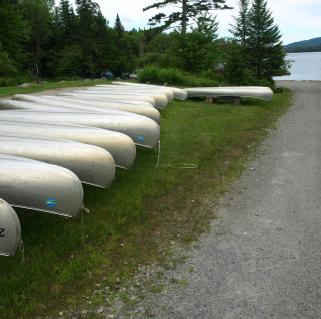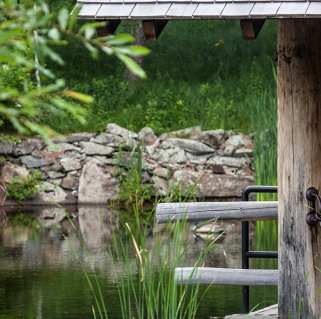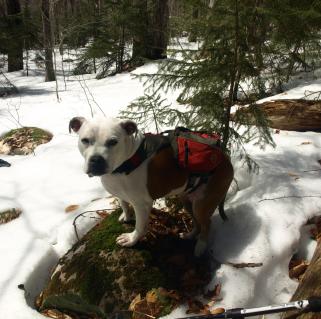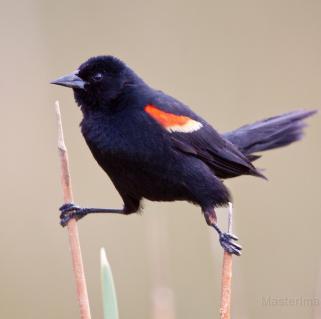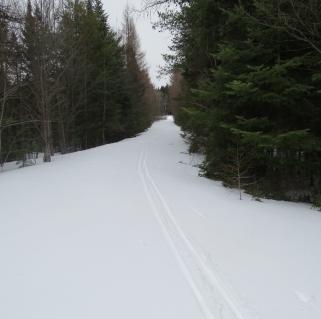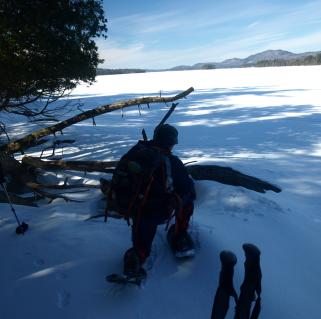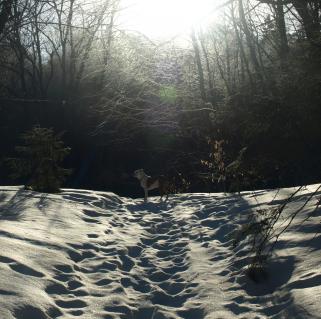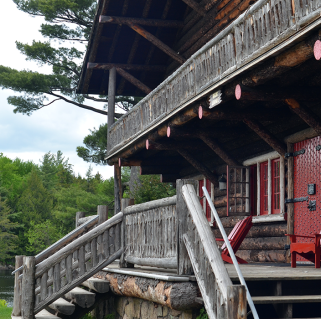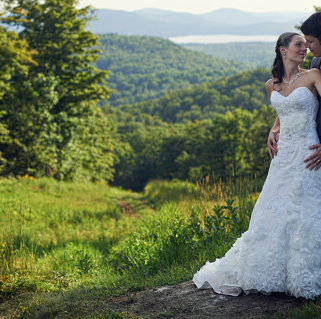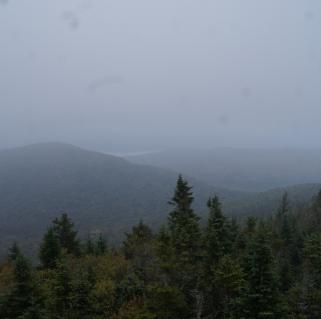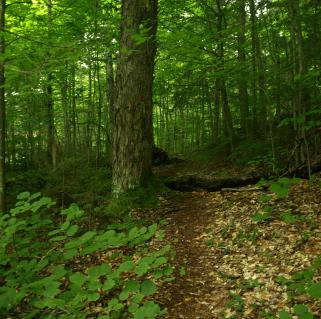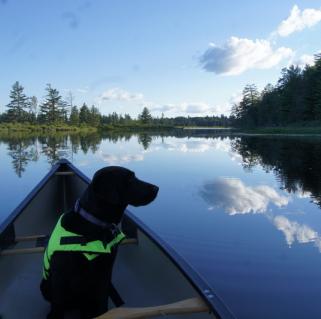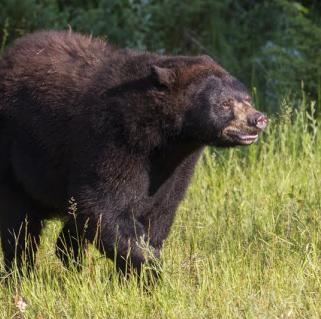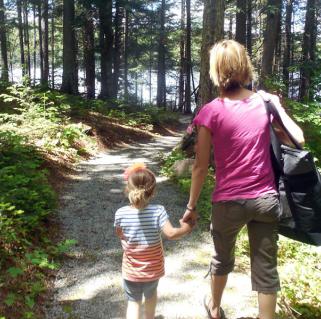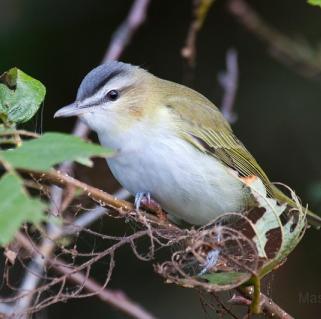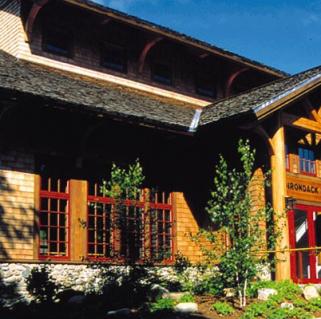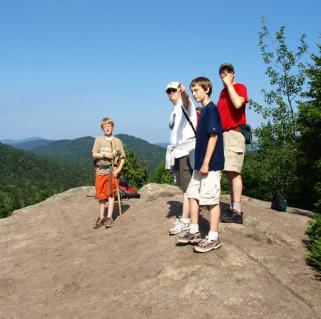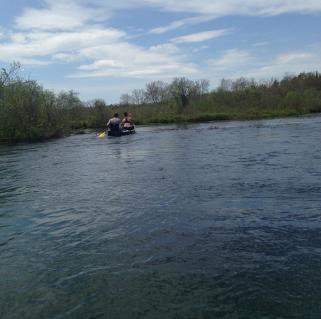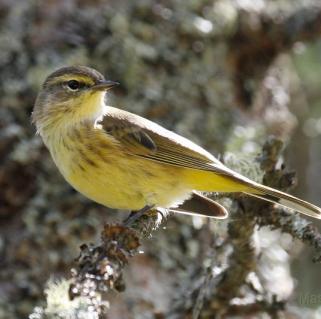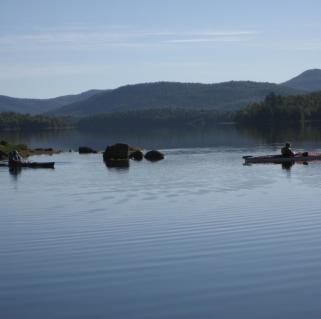Wake up! Hibernation is over and it’s time to get out and enjoy spring in the Adirondacks. If you listen closely you’ll hear birds happily singing in the trees, frogs rhythmically adding their opinions to the mix. Waterfalls are flowing. Trees are budding, the Ruffed Grouse are eating those buds, and an entire new chapter is beginning.
Are you ready to get out and feel the warm sun on your face, see the forests shake their winter slumber, and, maybe, find a new adventure? Hamilton County has plenty of room to explore - over half the county is classified as Forest Preserve. Indeed, it’s a magical time to be outdoors. And the best part of that magic is seeing spring wildflowers come to life. Before all the trees sprout their leaves, tons of sunlight reaches the forest floor, creating a lovely space for flowers to bloom.
Curious about wildflowers and want to ID some for yourself? Get a guide, a map, and pack your bag!
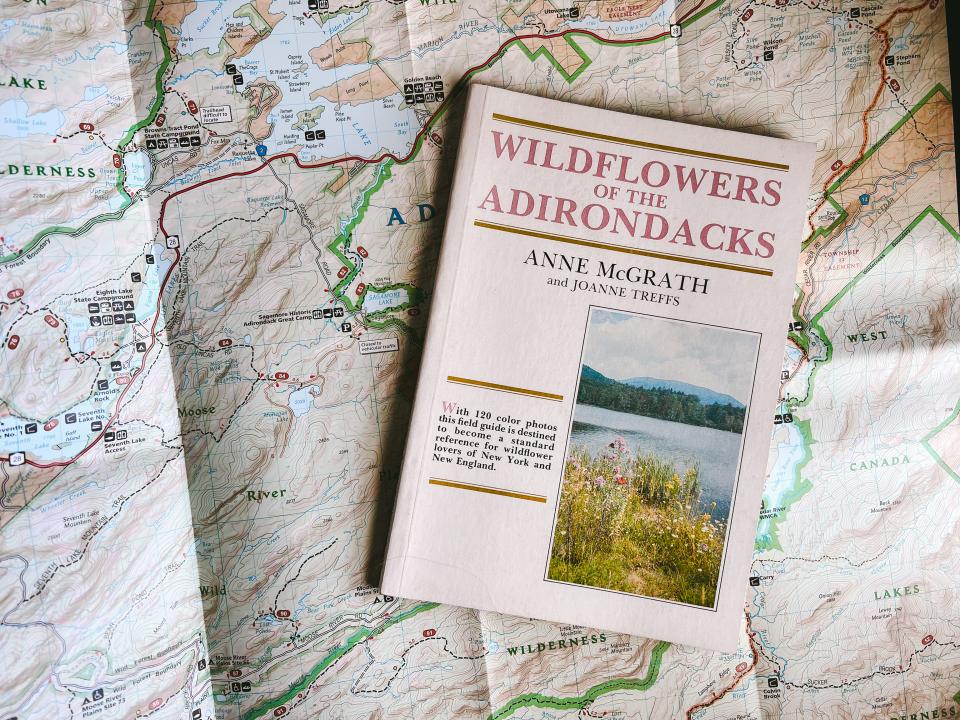
Get your cameras ready
Wildflowers are something anyone can enjoy, and they don’t cost a thing! Such beauty can, and should, be shared, but only through photos and memories. Never pick wildflowers to bring home. This destroys the opportunity for others to experience the natural beauty and can stop flowers from growing in that spot for years or permanently. Picked wildflowers will die quickly, so it’s best to follow Leave No Trace principles.
Here are how some Leave No Trace principles can be applied to wildflower viewing:
- Plan ahead: know what flowers are in bloom so you can plan where to go.
- Travel on durable surfaces: stay on the trail so you don’t step on emerging flora. This includes pets, too.
- Dispose of waste: if you carried it in, carry it out. Wildflowers do not need used toilet paper or discarded candy wrappers to grow.
- Leave what you find: simply put, wildflower season is not long, so don’t remove flowers to take home or for a photo.
- Respect wildlife: flowers are wild. Respect them! They are fragile and lots of wildlife depend on them, especially insects who need the nectar.
- Respect others: we all want to enjoy wildflower season and spring! Don’t ruin it for a photo.
Spring is also a great time to see other plant life beside wildflowers. Keep an eye out for ferns, too!
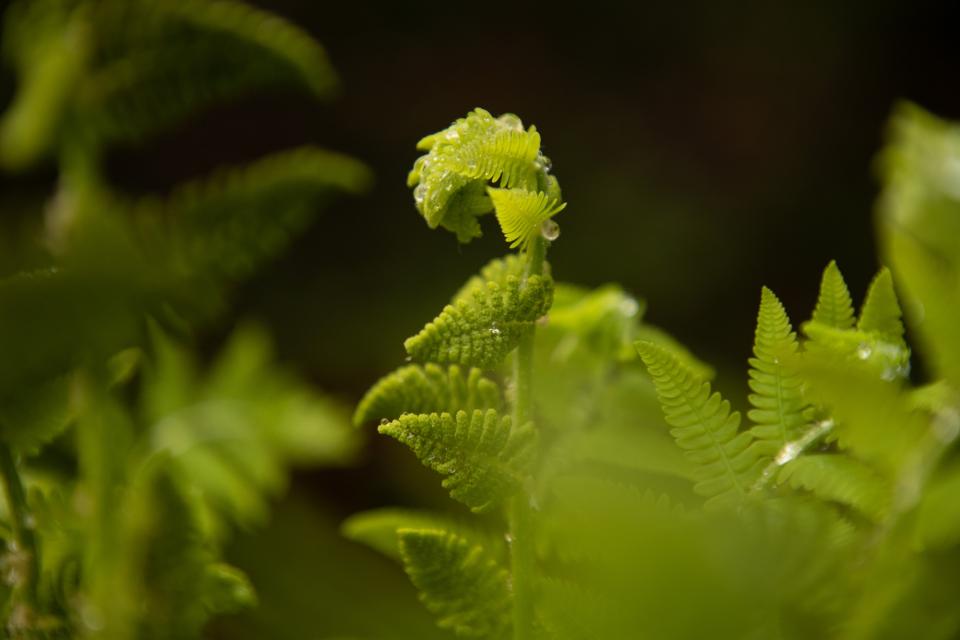
Common spring wildflowers
Some spring wildflowers in the Adirondack forests are known as ephemerals, meaning they grow, bloom, and produce seeds in a short period of time before tree leaves shade the forest floor. After the shade sets in, these flowers go dormant and disappear until next spring. Here are some fun facts about common spring wildflowers:
The trout lily is not related to a fish; it got its name because the markings on the leaves resemble those of a trout.
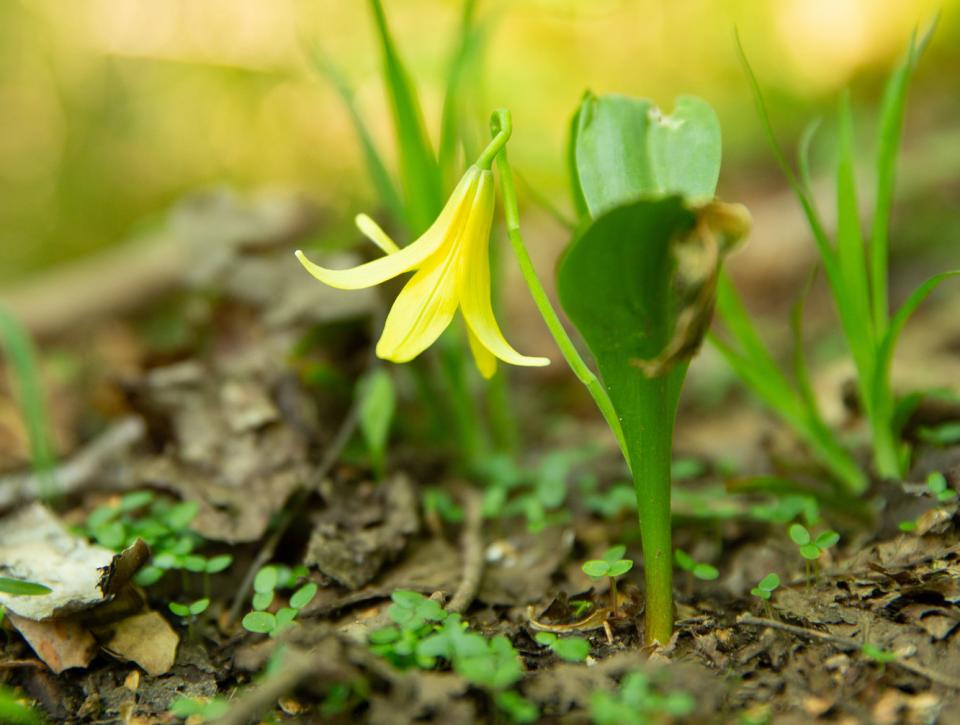
Carolina spring beauty is a flower most typically found in hardwood forests, especially those forests containing beech and maple trees!
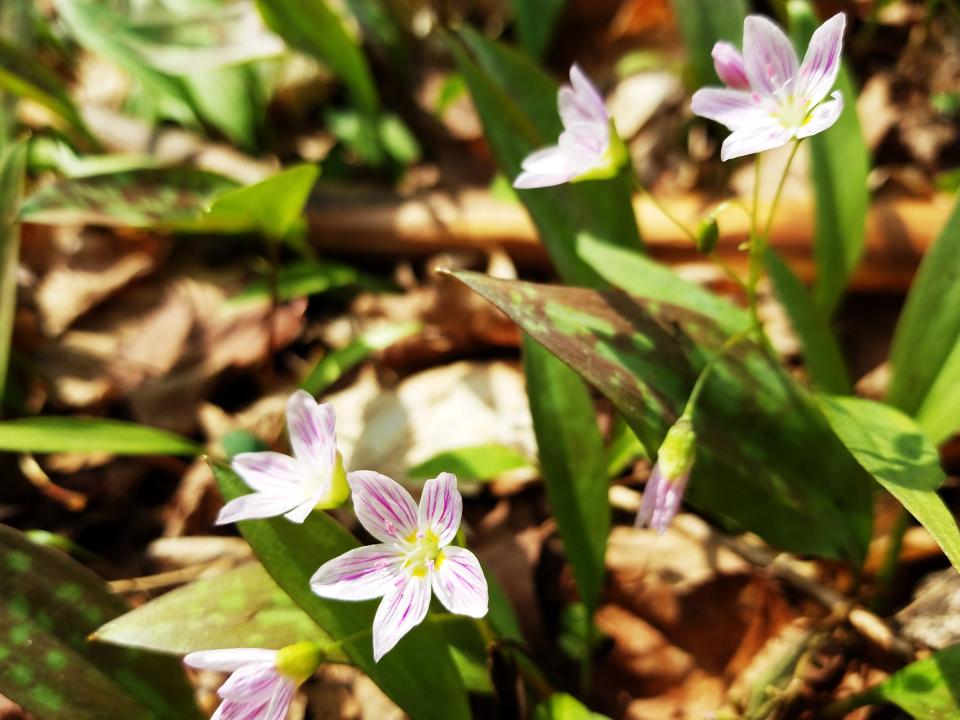
Pink lady’s slipper is a protected species in New York.
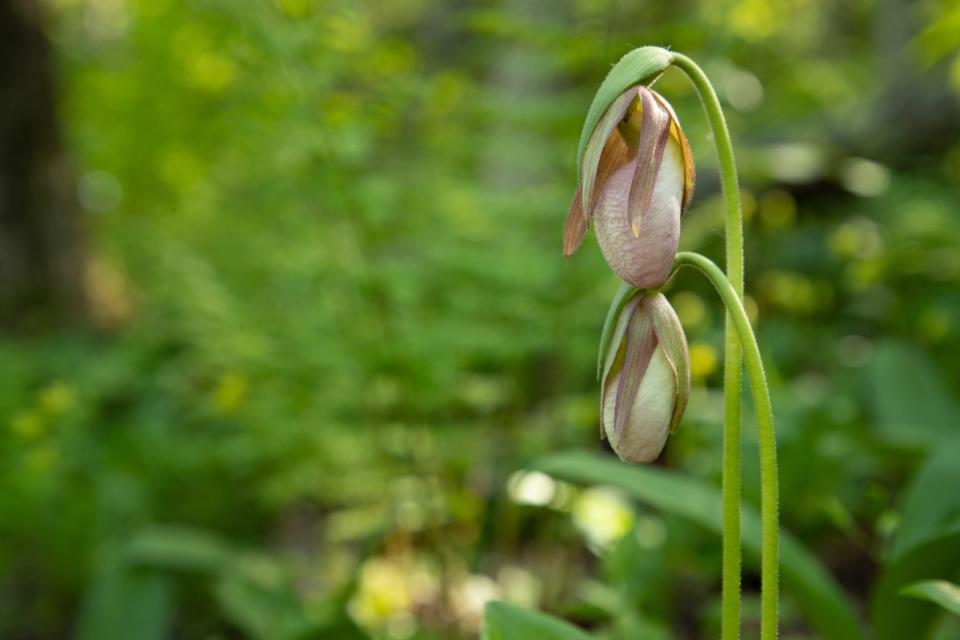
The Latin species name of Painted trillium (undulatum) is from the word meaning wavy-edged in reference to the petals.
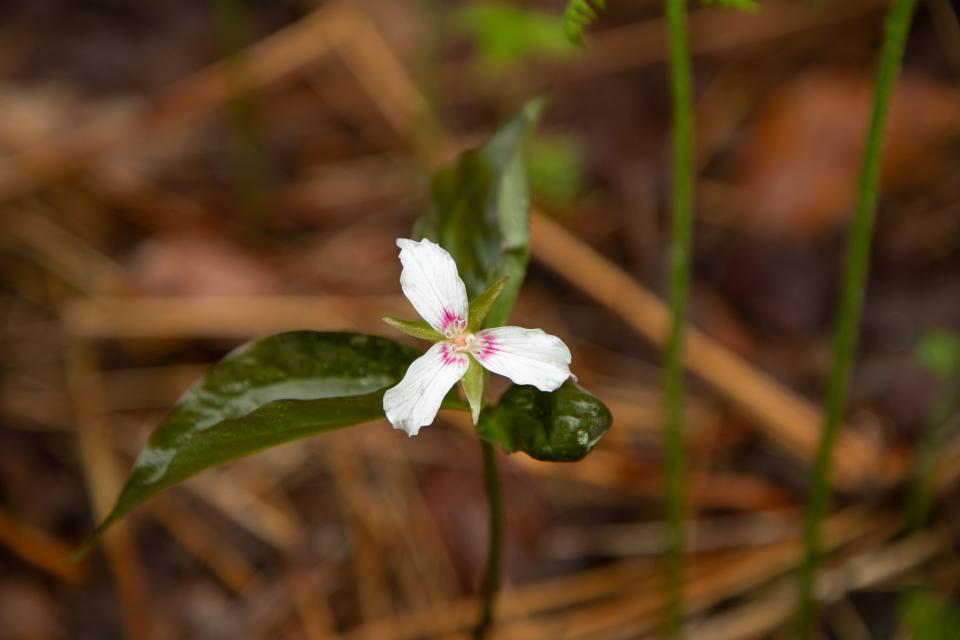
Purple trillium only blooms for about 2-3 weeks.
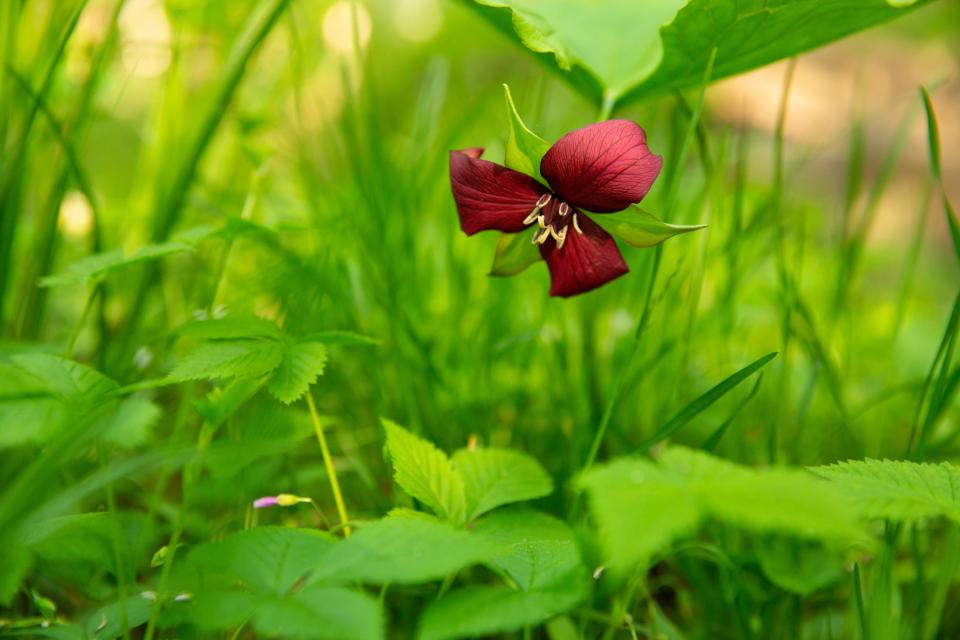
When the petals of bunchberry wither after spring, a bright red fruit emerges and provides food for wildlife.
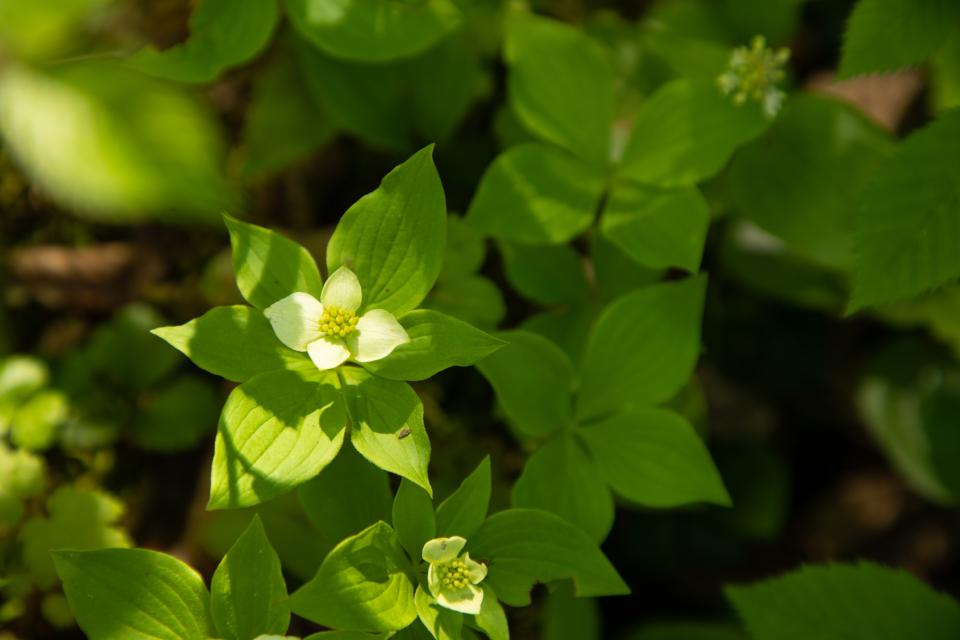
Bloodroot gets its name from the red juice from the underground stem. Indigenous peoples used this as a dye for baskets, clothing, and paint, as well as for insect repellent.
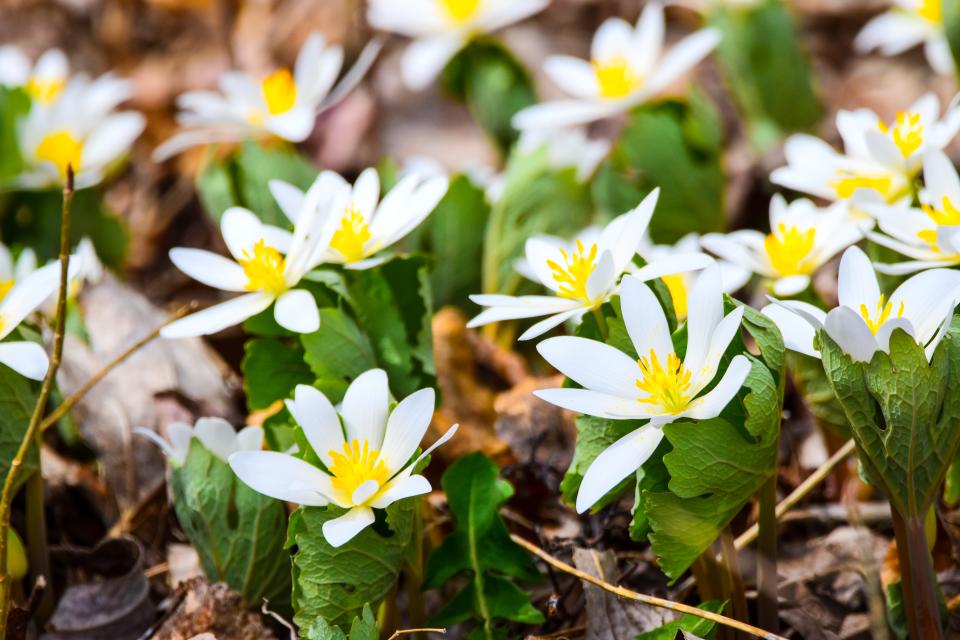
Wild columbine leaves may be toxic to animals to eat, but the pollen attracts many long-tongued insects and Ruby-throated Hummingbirds!
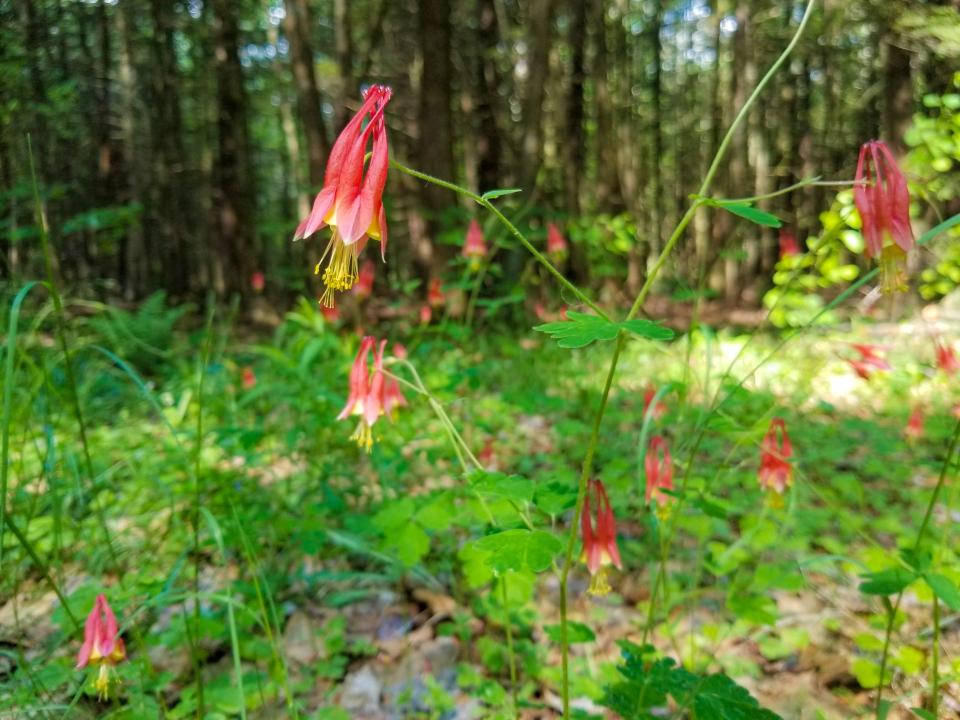
There are many, many other flowers, orchids, and blooms that can be seen in spring, and then a whole different set that can be found during summer, and even fall!
Where to go
So, are you ready to get out and find some wildflowers? There is no one specific “wildflower hike,” but a great way to experience spring in the Adirondacks is to combine a few activities: wildflower searching and waterfall visiting!
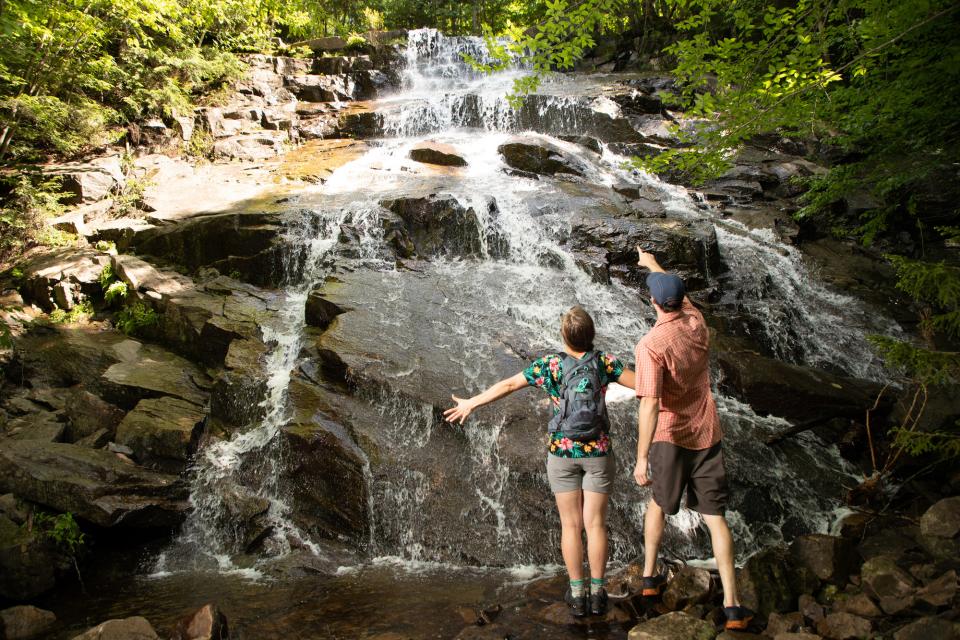
In spring, waterfalls are magnificent, fresh with snowmelt and running water. Here are some great hikes that may have an abundance of wildflowers along the trail (and awesome water views as well):
- Cascade Falls loop in Inlet
- Death Brook Falls in Raquette Lake
- Buttermilk Falls in Long Lake
- West Stony Creek Falls in Benson
In the boggy areas, the earliest blooms appear later than in the surrounding forests. Shrubs like leatherleaf, bog laurel, bog rosemary, and Labrador tea lead the way with beautiful blooms, and sheep laurel joins the party as summer moves in. Try Ferd’s Bog if you want to see these plants!
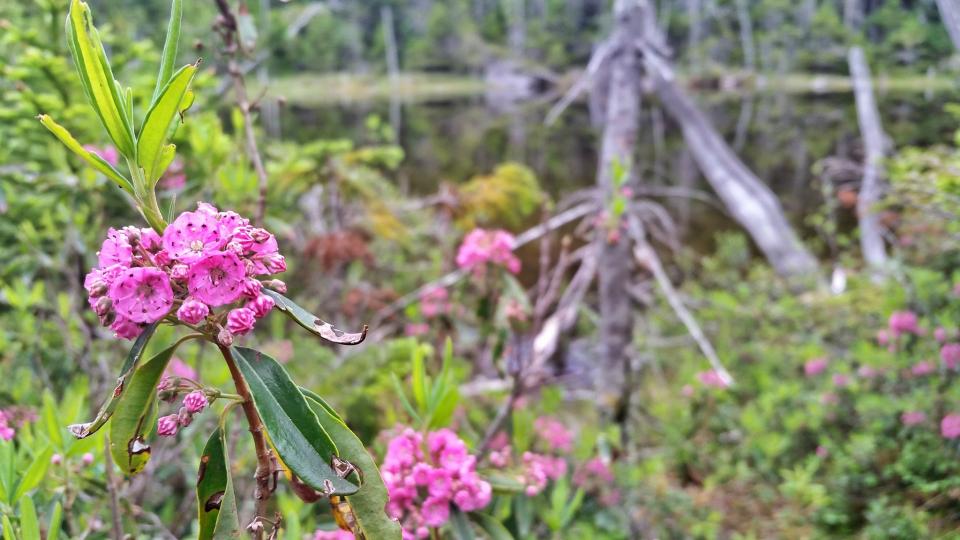
Be sure you select a hike that’s right for you! Some trails are harder than others. Thankfully, wildflowers don't discriminate and can grow along trails deemed easy or challenging!
Wherever you go this spring to see wildflowers, keep the Leave No Trace principles in mind! Remember, we want to ensure that the flowers are there for the next person to admire.
To round out a spring trip to Hamilton County in the Adirondacks, be sure to book a room and spend a few days soaking in the good views and sweet flowers. You can fill up on great food in town and then head outdoors to watch the woods and water wake up.

